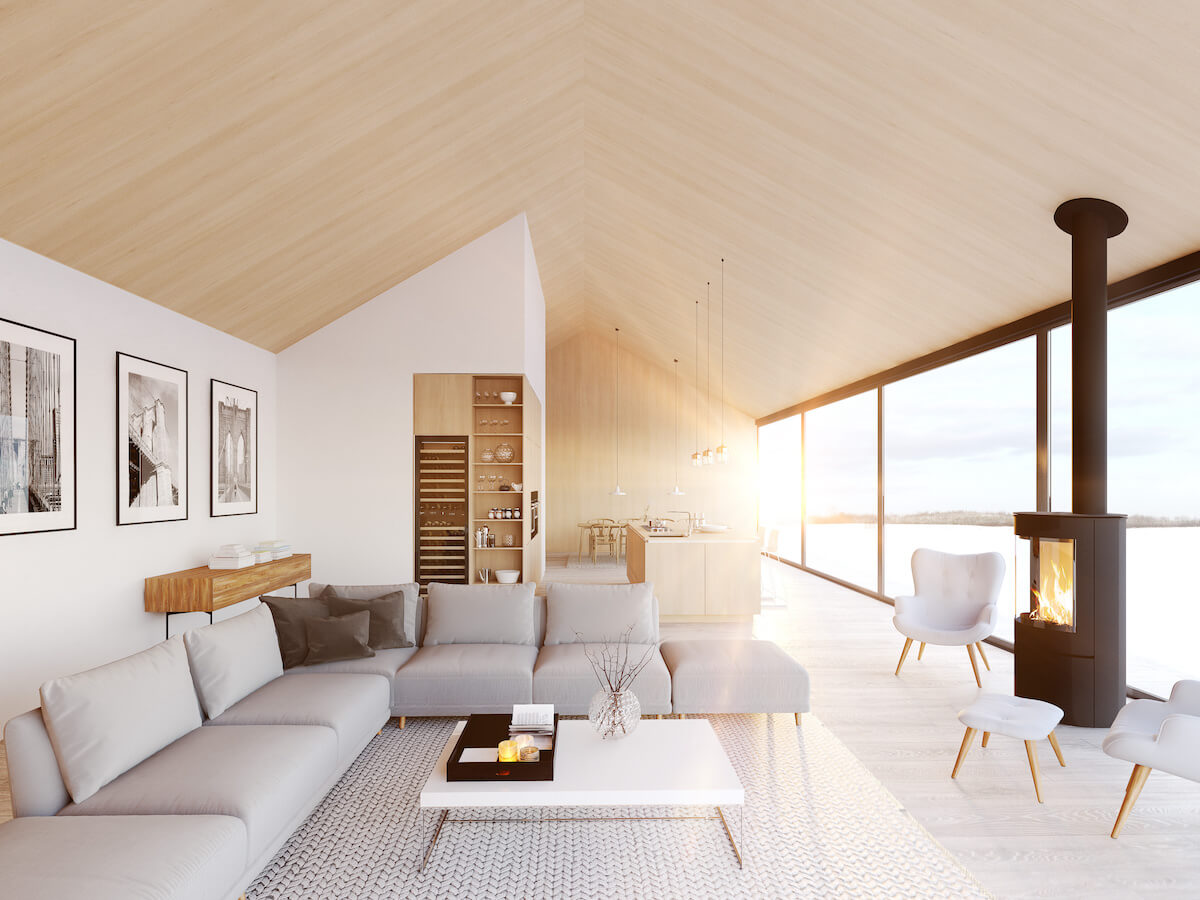Item removed from Wish List!
Item added to Wish List!
Learn how to master Scandinavian interior design to create a cozy, chic space that's both comfortable and functional.

By clicking “Accept All Cookies”, you agree to the storing of cookies on your device to enhance site navigation, analyze site usage, and assist in our marketing efforts. More Information